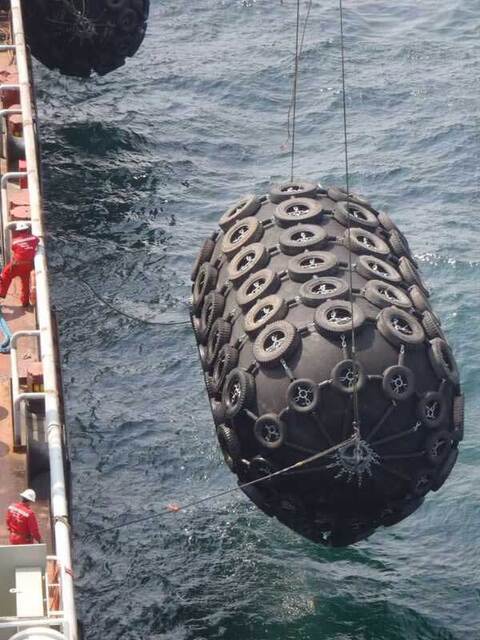Virtual reality (VR), a term once reserved for science fiction movies, is now a commonplace reality for techies, film buffs and video gamers. VR uses computers to create a simulated 3D immersive world that you can manipulate. When immersed in it, you become unaware of your real surroundings.
Like it or abhor the very concept of it, VR is becoming a technology that is increasingly hard to ignore – the technology giant Samsung is already issuing free VR headsets with its new S7 mobile phone, for instance.
But is this simply the next gaming fad, or is there potential for it to benefit our sport? The America’s Cup teams at the élite end of racing have employed VR for shoreside training since the 2013 Cup.
However, with the launch of some new VR apps aimed at leisure users, we are interested in how this technology might be relevant to mainstream sailing.
During an IBM creative workshop I attended recently, one of the key areas identified as potentially better serving our audience was the use of VR for the education and enjoyment of sports such as sailing.

Getting afloat is not always easy to achieve, not least because of time or location. To be able to visualise the look and layout of a moving yacht via a headset could provide a useful training platform as well as another form of sailing-based escapism.
A crucial benefit of VR is that the user matters – it’s not simply a sideline experience – so the potential of using it for instruction is potent. It’s certainly not for all, though. Visualising movement on such immersive headsets is known to cause discomfort. Simply using VR to tour a new yacht’s interior made me feel quite nauseous. VR is, however, here to stay.
New apps for sailing
The big budget racing teams in the America’s Cup have already tapped into the combined VR and simulator technology employed by the aircraft and motorsport industries. Even the Duchess of Cambridge was pictured last year trying out VR sailing technology at the BAR base with Sir Ben Ainslie.
But a new company in Australia has stolen a march on off-the-shelf VR, bringing sailing apps to mainstream sailors.
Melbourne-based MarineVerse was founded at the start of the year by Greg and Olga Dziemidowicz.

Greg Dziemidowicz thinks VR can be used to offer both sail training and entertainment. “I believe virtual reality can greatly enhance sailing training, be a great way for all ‘landlocked’ sailors to stay connected to their hobby and introduce more people to sailing,” he says.
Dziemidowicz believes VR allows people to learn more quickly and economically. “VR enables us to provide sail training and education at your home. It’s a fun and engaging tool to reinforce what you are already learning on the water.”
For instance, a liferaft drill can be practised using VR, as can operating a distress flare. “Or we can walk someone through a process of setting up a spinnaker.”
“VR can offer a great feeling of immersion, making the experience very engaging,” Dziemidowicz continues. “You can develop spatial awareness and intuition.” Or in my case, you may experience lifelike symptoms of seasickness.

MarineVerse is currently building VR sailing applications for Google Cardboard, GearVR and HTC Vive. So far it has released more than six prototypes, some focused on teaching sailing, others on the actual sailing experience.
Most recently MarineVerse has created a sailing simulator and an educational i-learning app called Sailing Terms, which uses the new HTC Vive platform – a high-end head-mounted display with hand-tracking controllers. This combination allows the operator to use their hands to control functions such as the mainsail and tiller.
“Using HTC Vive is quite exciting, as it’s the most immersive solution currently available,” Dziemidowicz says. “Because HTC Vive tracks your position in the room, you can actually lean forward and inspect elements from a closer distance.”
| Διάφορα Άρθρα - More Articles... |
|
|























